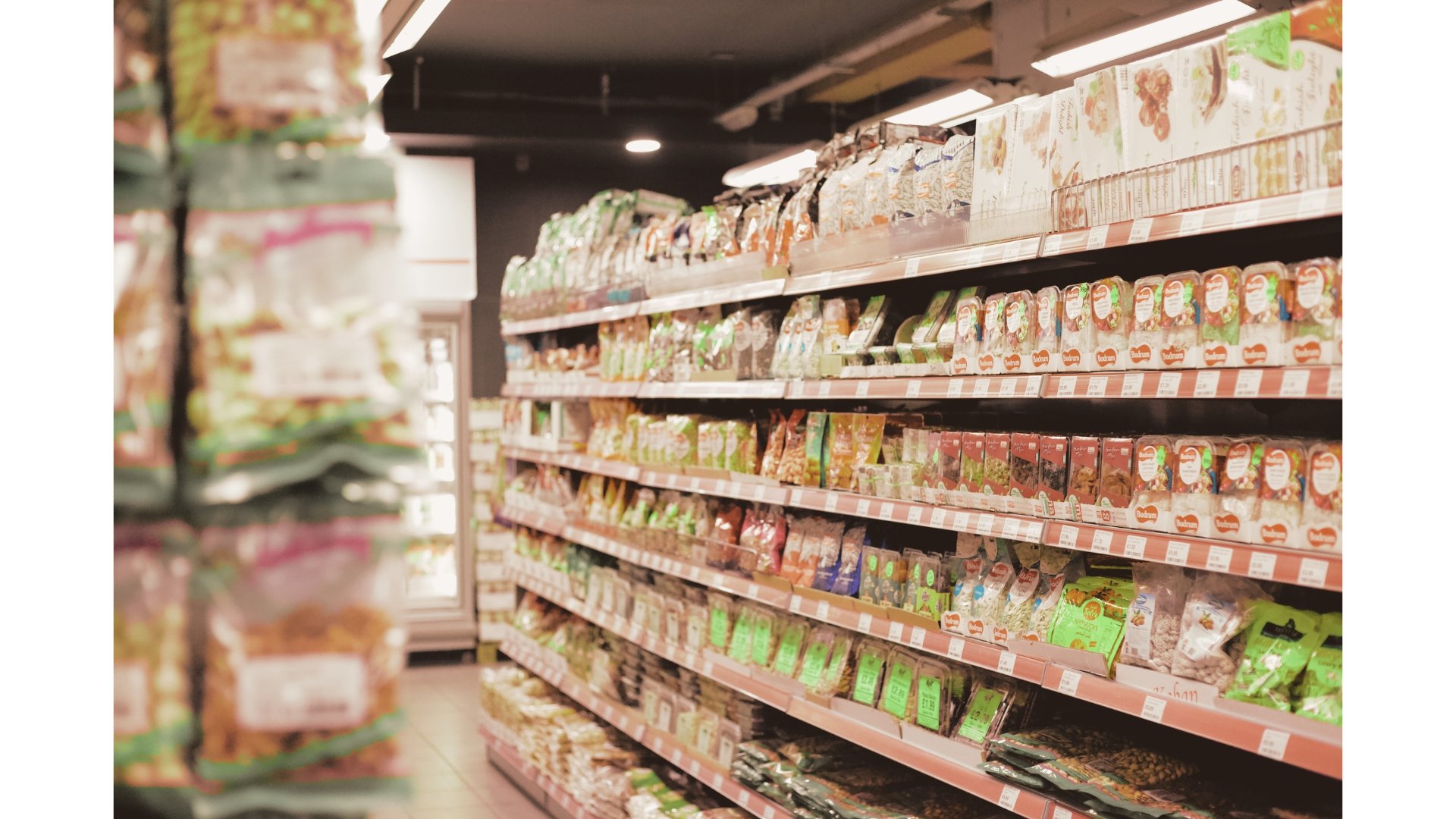Surprising French Cheese Pairings to Try Now
Published June 5, 2025
When people think of French cheese, they usually picture a glass of red wine next to it. Fair enough. wine and cheese is a timeless match. But it's also just one of many ways to enjoy cheese. In France, locals have been pairing their favorite cheeses with all kinds of unexpected things for generations. Beer, tea, honey, chocolate, even mustard. And it works.
If you’re ready to upgrade your next cheese board (or just want something different with your Camembert), here are some surprising French cheese pairings worth trying.
Tea + Cheese: Surprisingly Perfect
Tea is quiet but powerful. Like wine, it brings tannins, floral notes, and a sense of balance, but without the alcohol. French monks used to pair tea with cheese during fasting periods. Today, it’s just a smart way to taste more and feel lighter while doing it.
Jasmine green tea + fresh goat cheese (chèvre): The bright, floral notes make chèvre feel even fresher.
Pu-erh + aged Comté: Earthy meets nutty. It tastes like the forest in the best way.
Chamomile + Brie: Soft cheese, soft tea. The combo is mellow, buttery, and quietly addictive.
Tip: Let your tea cool a bit before sipping with cheese. Hot tea will mute flavor instead of enhancing it.
Craft Beer + Cheese: The Underestimated Classic
In northern France and across the border in Belgium, cheese and beer is a cultural staple. The carbonation, yeast, and slight bitterness in beer make it excellent for cutting through creamy textures.
Wheat beer + Camembert: The citrus and bubbles freshen up the earthy richness of the cheese.
Amber ale + Mimolette: Caramel notes in both make this feel like dessert and dinner at once.
Saison + Reblochon: Funky, farmhouse-style cheese meets funky, farmhouse-style beer. It just works.
Tip: Chill the beer, but not too cold. You want the flavors to open up as the cheese softens.
Honey + Cheese: Always a Win
Sweet and salty is one of those combinations that never gets old. French markets are full of regional honeys, each with its own color, texture, and intensity. Pairing them with cheese takes almost zero effort and makes you look like you know what you're doing.
Lavender honey + aged goat cheese: Softens the tang, highlights the herbaceous finish.
Chestnut honey + blue cheese (like Roquefort): Bold meets bold. The honey’s bitterness keeps the saltiness in check.
Acacia honey + Brie: Gentle meets gentle. Clean, floral, and balanced.
Tip: A little goes a long way. Drizzle, don’t drown.
Fruit + Cheese: Skip the Grapes
Fresh fruit, dried fruit and jams. They all work, but the magic happens when you think seasonally.
Apples + Camembert: Crisp and creamy, plus they’re from the same part of France (Normandy).
Figs + aged chèvre: The honeyed sweetness of a ripe fig brings out the mineral depth of the cheese.
Pears + Roquefort: Classic for a reason. The soft, juicy texture balances the sharpness beautifully.
Tip: Serve fruit at room temp too. Cold fruit can mute the cheese flavors just like cold tea or wine.
Chocolate + Cheese: Yes, Really
This one turns heads, but it works when you use restraint and the right kinds of chocolate.
Dark chocolate + aged Comté: Nutty and bittersweet. Add a walnut and it’s basically a composed dish.
Milk chocolate + Brie: The textures melt together, and the creaminess gets dialed up to eleven.
Cocoa nibs + goat cheese: Crunchy, bitter, and tangy, this is for people who like sharp contrasts.
Tip: Avoid overly sweet or filled chocolates. Think plain, high-quality bars or simple nibs.
Savory Pairings: Don’t Forget the Pantry
Some of the best pairings aren’t sweet at all. France does condiments extremely well, and they’re often sitting in your fridge already.
Dijon mustard + Comté: Sharp with nutty. It’s like the best sandwich you’ve never built.
Cornichons + Raclette: Rich, gooey cheese needs something acidic and snappy.
Tapenade + chèvre: The saltiness of olives plays beautifully against fresh goat cheese.
Tip: These work best in small bites — assemble a little combo on bread or a cracker so you get the contrast all at once.
How to Build a Non-Wine Cheese Board
Start with two or three cheeses that vary in texture and strength: something creamy, something aged, something tangy. Then pick two or three pairing elements from different categories above.
Example:
Cheeses: Brie, aged Comté, fresh chèvre
Pairings: Jasmine tea, figs, walnut bread, lavender honey
Arrange on small plates or boards, give everything a bit of room, and encourage people to try combos. You don’t need to explain everything, just let people discover it.
Final Thoughts
The best part of French cheese is how much room there is to explore. Wine is great, but it’s not the only way in. A drizzle of honey, a slice of apple, a sip of tea. Sometimes the simplest pairings make the biggest impression.
Try something unexpected. Don’t worry about “rules.” You’ll know it’s working when everyone goes quiet for a second, focused entirely on what they just tasted.








